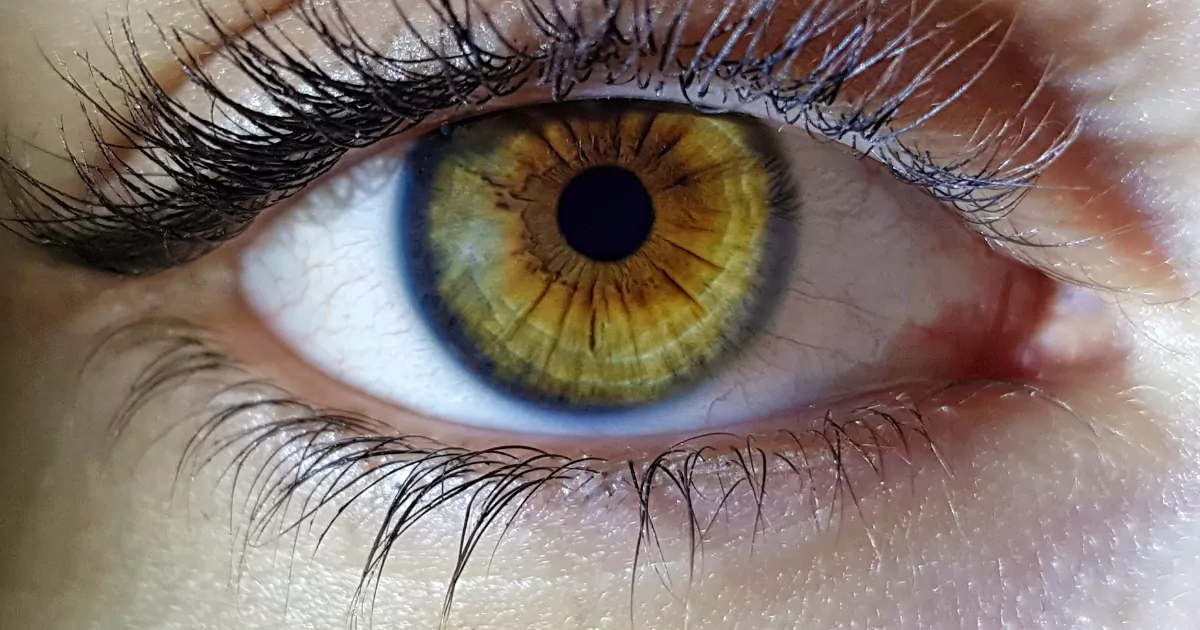Stages of Glaucoma: What They Mean and How to Manage Them
Like other diseases, glaucoma has multiple stages of progression and severity. Understanding the flow of these stages and the symptoms that characterize them can help make the transition easy as possible, even during the most challenging times. Learn what the stages of glaucoma are, the appropriate methods of treatment and management for each, and how to maximize your health and quality of life as you move through this journey. It’s essential to realize the exact progression of glaucoma stages is different for everyone, so continuing to work with your physician and eye care professional is crucial to navigating your evolving diagnosis.

Guide to the Stages of the Glaucoma
Glaucoma is broken up into multiple stages, the severity of which should determine your course of treatment:
- Stage 1 Glaucoma – The first stage of glaucoma is often exhibited through the onset of mildly intraocular pressure. This stage is generally brought on by changes to the optic nerve and the eyes’ ability to drain fluid from the trabecular meshwork. Continue working with your physician to monitor your symptoms.
- Stage 2 Glaucoma – The second stage of glaucoma is when you or your loved one will start to notice symptoms. These may include patchy or blurry vision or mild to moderate eye pain. At this point, your doctor may recommend medication therapies, like topical beta-blockers or carbonic anhydrase inhibitors.
- Stage 3 Glaucoma – The third stage of glaucoma can be officially characterized as the “advanced” stage. Depending upon your level blockage and angle-closure, your doctor may recommend interventions like medications or surgery.
- Stage 4 (End-Stage) Glaucoma – This occurs when there is little to no healthy eye tissue left, and vision is increasingly limited. While blindness during end-stage glaucoma isn’t a certainty, the risk is significantly elevated when this stage is reached.
First-line therapy for glaucoma often includes steroid drops or cycloplegic medications. As the disease progresses, however, surgical interventions like a glaucoma drainage implant or trabeculectomy may be more advisable.
Glaucoma and Blindness: What You Need to Know
While there is no formula for how long glaucoma will take to cause blindness, the disease generally progresses slowly. Untreated glaucoma can lead to blindness within a few years. It’s important to realize that blindness from glaucoma is relatively rare. Data from the Glaucoma Research Foundation indicates that five percent of the approximately 2.3 million Americans who are currently living with glaucoma progress to blindness.
No matter what your glaucoma prognosis may be, it’s important to keep working with your physician to develop a proactive game plan for treatment and day-to-day management. Very often, the difference between severe visual impairment and successful management of glaucoma comes down to the quality of care you receive. Empower yourself to learn as much as you can about your condition, including which stage you’re in, what you can do to treat it, and how you can improve your everyday life while living with glaucoma.


